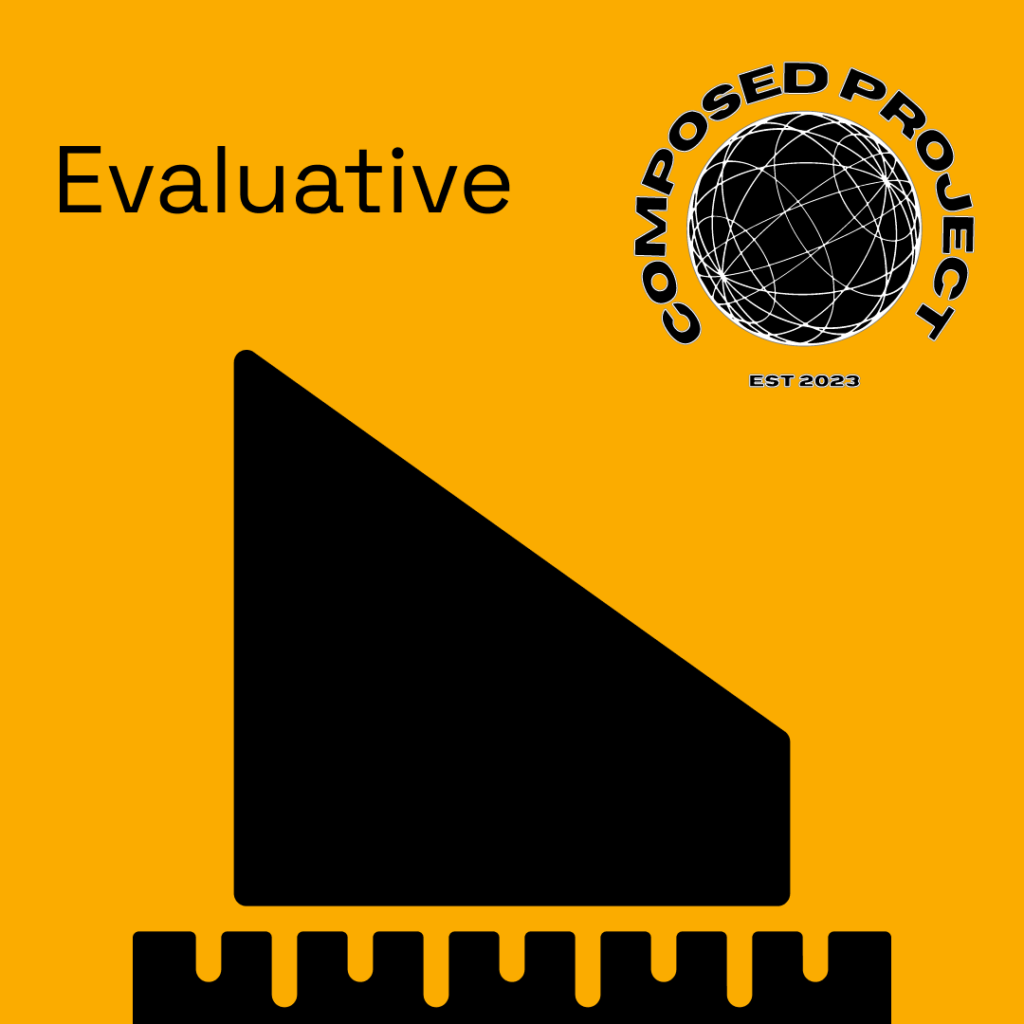Thom Fajemisin Mastering the art of portrait lighting
Thom Fajemisin Unveiling the Secrets of Rembrandt, Paramount, Broad Side, and Split Techniques

In the captivating world of portrait photography, lighting is an art form that can dramatically enhance the mood and character of an image. Among the plethora of lighting techniques, four stand out as timeless classics, each pioneered by legendary artists and photographers. Join us on a journey through the nuanced techniques of Rembrandt, Paramount, Broad Side, and Split lighting, as we unveil the magic behind these iconic approaches to illuminating the human face.
Thom Fajemisin Rembrandt Lighting: A Painter’s Touch
Rembrandt, the Dutch master painter, not only left an indelible mark on the canvas but also revolutionized portrait lighting. The Rembrandt lighting technique relies on the natural formation of a triangle of light on the subject’s face. By positioning the light source at a higher angle, the nose creates a triangle-shaped shadow on the opposite cheek. This distinctive pattern adds depth and drama, casting a shadow that enhances facial contours. The key is to keep the chin shadows breaking into the nose shadow, forming the characteristic Rembrandt triangle. To soften harsh shadows, a fill light can be introduced, offering flexibility and control over the final aesthetic.
In corporate settings, Rembrandt lighting can be employed to convey professionalism and gravitas. By positioning the main light source slightly above the subject, shadows create a distinctive triangle on the face, emphasizing the contours and features. This technique is often favored for executive portraits and corporate headshots, providing a classic yet modern touch.
Thom Fajemisin Paramount Lighting: The Golden Age Elegance
Popularized during the glamorous era of the 20s and 30s, Paramount lighting exudes a timeless elegance that adorned many silver screen icons. This technique involves placing the key light directly in front of the subject, slightly above eye level. The result is a centrally illuminated face with captivating highlights and shadows. Paramount lighting beautifully accentuates facial features, creating a classic and sophisticated look reminiscent of Hollywood’s golden age. While simplicity is paramount, pun intended, adding subtle fill or reflectors can further refine the balance between light and shadow.
In studio weddings, Paramount lighting can be adapted to create timeless and romantic portraits. By using soft, diffused light sources strategically, photographers can highlight the couple’s elegance and capture the magic of their special day.
Thom Fajemisin Split Lighting: Dividing Light and Shadow
Embracing a bold and dramatic approach, Split lighting divides the face right down the center, creating a striking interplay of light and shadow. A round highlight in the eye is a distinctive hallmark of this technique. By positioning the key light to one side, the face is bathed in light on one half and enveloped in shadow on the other. This high-contrast effect emphasizes facial contours and adds a touch of mystery. Split lighting is highly adaptable, allowing photographers to experiment with different face positions to alter the dynamic between light and shadow. Interestingly, transitioning from Rembrandt to Split lighting is seamless, offering photographers a range of expressive possibilities.
In corporate photography, split lighting can be employed to create bold and memorable images. By splitting the face right down the center with light and shadow, this technique can convey a sense of individuality and strength, making it suitable for executives and professionals looking to make a bold visual impact.
Thom Fajemisin Broad Side Lighting: Illuminating the Grandeur
Broad Side lighting, sometimes referred to as backlit broad, is a technique that showcases a more expansive view of the subject’s face. The key light is positioned on the broader side of the face, creating a well-lit and open look. Unlike Rembrandt or Paramount, Broad Side lighting allows for a fuller presentation of facial features, giving the photographer greater creative control. This technique often incorporates a fill light to balance shadows and maintain a harmonious blend of light across the face. With its versatility, Broad Side lighting is a reliable choice for various photography scenarios, offering both drama and clarity.
On corporate sets, broad side lighting is often employed to convey approachability and warmth. By positioning the main light on the broader side of the face, shadows are minimized, resulting in a more open and friendly look. This technique is ideal for team photos, employee profiles, and corporate branding.
Thom Fajemisin Wrap up
As we navigate the diverse landscapes of corporate sets, entertainment shoots, and studio weddings, the art of lighting continues to play a pivotal role in shaping the visual narrative of contemporary photography. By modernizing classic techniques such as Rembrandt, Paramount, Broad Side, and Split lighting, photographers can create timeless and captivating images that resonate with the essence of their subjects. As technology advances and artistic expression evolves, these iconic lighting styles serve as a testament to the enduring power of light in telling compelling visual stories.





